Home>Articles>How To Paint Vinyl Siding For An Exterior Makeover That Lasts
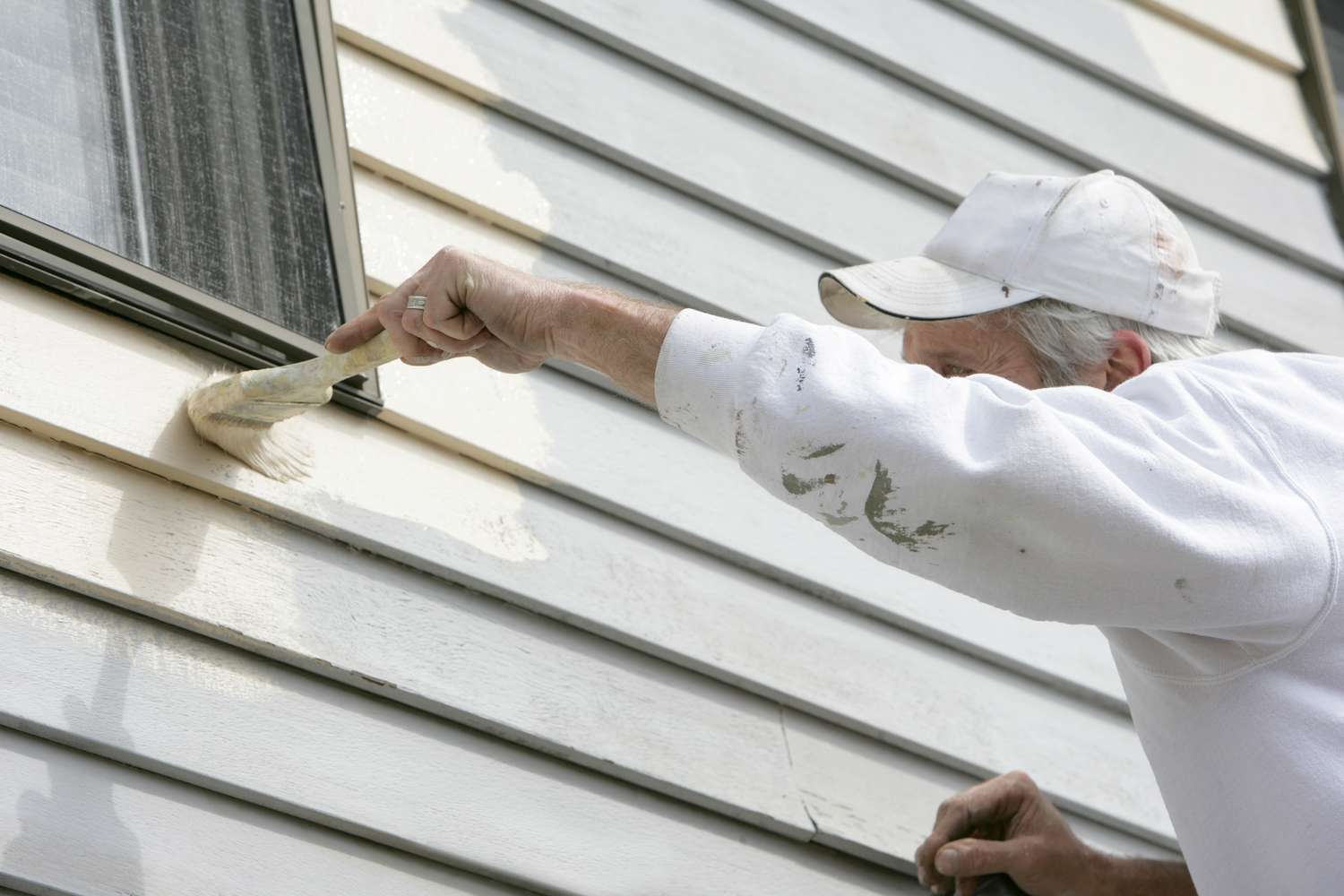

Articles
How To Paint Vinyl Siding For An Exterior Makeover That Lasts
Modified: November 1, 2024
Learn how to paint vinyl siding for a long-lasting exterior makeover with our informative articles. Transform your home's appearance today!
(Many of the links in this article redirect to a specific reviewed product. Your purchase of these products through affiliate links helps to generate commission for Storables.com, at no extra cost. Learn more)
Introduction
Vinyl siding is a popular choice for homeowners due to its durability and low maintenance. However, over time, the color of vinyl siding can fade or become outdated, leaving your home looking tired and dated. Fortunately, with the right techniques, you can give your vinyl siding an exterior makeover that not only revitalizes its appearance but also ensures long-lasting results.
Painting vinyl siding is a cost-effective way to transform the look of your home and enhance its curb appeal. But, it’s important to approach this project with careful planning and execution to achieve professional-looking results. In this article, we will guide you through the step-by-step process of painting vinyl siding, from preparing the surface to maintaining the painted finish.
Before you begin, it’s important to note that not all vinyl siding can be successfully painted. Some manufacturers may void the warranty if you paint their products, so it’s essential to check the warranty information or consult with the manufacturer before starting the project. If your vinyl siding is eligible for painting, follow these steps for an exterior makeover that will have lasting results.
Key Takeaways:
- Properly preparing, cleaning, and repairing your vinyl siding before painting is crucial for achieving a long-lasting and professional-looking finish. Attention to detail in the preparation stage sets the foundation for a successful exterior makeover.
- Choosing the right paint, priming the surface, and applying the paint with care and precision are essential steps in achieving a beautiful and durable finish for your vinyl siding. Regular maintenance will help preserve the painted surface and extend its lifespan.
Read more: How Long Does Painted Vinyl Siding Last
Preparing the Vinyl Siding
Before you can start painting your vinyl siding, it’s crucial to properly prepare the surface to ensure the paint adheres well and provides a smooth finish. The preparation process involves cleaning the siding and repairing any damaged areas.
The first step in preparing the vinyl siding is to remove any dirt, grime, or mildew that may have accumulated over time. Use a soft-bristle brush or a pressure washer with a low-pressure setting to gently scrub the surface. Start from the top and work your way down, paying close attention to areas with heavy staining. Be sure to rinse off all soap residue thoroughly.
If mildew is present, use a solution of water and bleach (1 part bleach to 4 parts water) to kill the spores. Apply the solution to the affected areas using a brush or sprayer, and allow it to sit for 15-20 minutes before rinsing it off. Make sure to wear protective clothing and work in a well-ventilated area when using bleach.
Once the vinyl siding is clean, inspect it for any damaged areas. Look for cracks, holes, or loose panels. These issues should be addressed and repaired before applying paint. Using a high-quality vinyl siding repair kit, fill in any cracks or holes and secure any loose panels.
After making the necessary repairs, it’s important to let the surface dry completely before proceeding. You can use a cloth or allow it to air dry naturally. Proper drying is essential for ensuring good adhesion between the paint and the vinyl surface.
By taking the time to thoroughly prepare your vinyl siding, you will create a clean and smooth surface that will enhance the longevity and appearance of your painted finish. This attention to detail will lay the foundation for a successful exterior makeover.
Cleaning the Vinyl Siding
One of the most important steps in preparing your vinyl siding for painting is cleaning it thoroughly. Over time, dirt, grime, and mold can accumulate on the surface, preventing the paint from adhering properly. By cleaning the vinyl siding before painting, you can ensure a smooth and long-lasting finish.
To clean the vinyl siding, start by mixing a solution of warm water and mild detergent in a bucket. Avoid using any harsh chemicals or abrasive cleaners that can damage the surface. Dip a soft-bristle brush or a sponge into the cleaning solution and scrub the siding in a gentle circular motion. Begin at the top and work your way down to prevent streaks and drips.
Pay special attention to areas that are heavily soiled or have mold growth. For stubborn stains, you may need to use a scrub brush or a soft cloth to apply a little extra pressure. It’s important to remember not to scrub too vigorously, as this can cause scratches or damage to the surface of the vinyl siding.
If you prefer to use a pressure washer, make sure to choose one with a low-pressure setting to avoid damaging the siding. Keep the nozzle at a safe distance from the surface and spray in a sweeping motion. Be cautious around windows, doors, and other delicate areas to prevent water intrusion.
After scrubbing or pressure washing the vinyl siding, rinse it thoroughly with clean water. This will remove any residual soap or dirt. Use a garden hose or a bucket of water to rinse off the siding, starting from the top and working your way down.
Allow the vinyl siding to dry completely before proceeding with the next steps of the painting process. Wait for at least 24-48 hours to ensure that the surface is completely dry. Painting on damp or wet vinyl siding can lead to poor adhesion and uneven results.
By investing time in properly cleaning the vinyl siding, you’ll create a smooth surface that allows the paint to adhere well and provide a professional-looking finish. This crucial step sets the stage for a successful exterior makeover.
Repairing Any Damaged Areas
Before you can start painting your vinyl siding, it’s important to address any damaged areas to ensure a smooth and flawless finish. Cracks, holes, and loose panels can not only affect the appearance of your painted siding but also compromise its durability and longevity.
To repair cracks or small holes in your vinyl siding, you can use a vinyl siding repair kit. These kits usually contain a patch material that matches the color of your siding, along with adhesive or caulk for securing the patch in place.
Start by cleaning the damaged area with a mild detergent and warm water. Rinse it thoroughly and allow it to dry completely. Next, cut a piece of the patch material from the kit to fit over the damaged area. Apply a small amount of adhesive or caulk to the back of the patch and press it firmly onto the cracked or hole area.
For larger holes or severely damaged sections of vinyl siding, you may need to replace the entire panel. Carefully remove the damaged panel by unhooking it from the neighboring panels or cutting it with a utility knife. Measure the dimensions of the panel and purchase a replacement from your local home improvement store or vinyl siding supplier.
Install the new panel by hooking it onto the existing siding or sliding it into place, depending on the style of your vinyl siding. Secure it by nailing or screwing it into the underlying structure, making sure to align it properly with the surrounding panels for a seamless look.
Once you have repaired or replaced any damaged areas, carefully inspect the entire surface of your vinyl siding to ensure there are no loose panels or other issues that need attention. Secure any loose panels by reattaching them to the underlying structure or using appropriate fasteners recommended by the manufacturer.
By taking the time to repair any damaged areas, you will not only improve the appearance of your vinyl siding but also ensure a solid foundation for the paint to adhere to. This step is crucial in creating a smooth and long-lasting finish for your exterior makeover.
Choosing the Right Paint
When it comes to painting vinyl siding, selecting the right type of paint is essential for achieving a durable and long-lasting finish. Not all paints are suitable for use on vinyl siding, so it’s important to choose a paint that is specifically formulated for this purpose.
Look for an exterior acrylic latex paint that is designed for use on vinyl surfaces. These types of paints are flexible, allowing them to expand and contract with the vinyl siding, which is crucial in preventing cracking or peeling. Additionally, choose a paint that offers UV protection to prevent fading and color change caused by the sun’s rays.
Consider the color of the paint as well. Darker colors can absorb more heat, which can cause the vinyl siding to expand and potentially warp. If you live in an area with extreme temperatures, it’s advisable to choose lighter shades or consult with a paint professional to ensure the suitability of dark colors for your specific climate.
When it comes to the finish, choose a paint with a satin or semi-gloss finish. These finishes provide a smooth and slightly shiny appearance while still being easy to clean. Avoid using a flat or matte finish, as they can appear dull and may not adhere as well to the vinyl surface.
It’s also important to check the manufacturer’s recommendations for the specific paint you choose. Some paints may require a specific primer or a specific method of application. Following these guidelines will ensure the best results and the longevity of your painted vinyl siding.
Before purchasing a large quantity of paint, it’s a good idea to test a small section of your vinyl siding with the selected paint. Apply a coat of paint to a discreet area and allow it to dry. Check the adhesion and appearance of the painted section after a few days to make sure you are satisfied with the results before proceeding with the entire project.
By choosing the right paint for your vinyl siding, you can ensure a beautiful and durable finish that will withstand the elements and maintain its appearance for years to come. Take the time to research and select a high-quality paint that is specifically formulated for vinyl surfaces to achieve the best results.
When painting vinyl siding, make sure to clean the surface thoroughly and use a high-quality acrylic paint specifically designed for exterior use. This will help ensure a long-lasting and durable finish.
Read more: How Long Vinyl Siding Last
Priming the Vinyl Siding
Before you start applying the paint to your vinyl siding, it’s important to prime the surface to ensure optimal adhesion and a smooth finish. Priming helps the paint adhere better to the vinyl and provides a stable base for the topcoat, resulting in a longer-lasting and more professional-looking finish.
Choose a high-quality primer that is specifically designed for use on vinyl surfaces. Look for a primer that is compatible with the type of paint you will be using. Ideally, the primer and paint should be from the same manufacturer to ensure compatibility and maximum performance.
Prior to applying the primer, make sure the surface of the vinyl siding is clean and free from any dust or debris. Use a soft brush or a cloth to remove any loose dirt and ensure a smooth surface for the primer to adhere to.
Apply the primer using a high-quality paintbrush or a paint roller. Start at the top and work your way down, using long even strokes. Make sure to cover the entire surface of the siding, including any repaired or replaced areas. A thin and even coat of primer is sufficient for the job.
Allow the primer to dry completely before proceeding with the next steps. The drying time can vary depending on the specific primer and manufacturer’s instructions, so refer to the product label for accurate drying times.
Once the primer is dry, inspect the surface to ensure it is smooth and ready for the application of the paint. If any imperfections or uneven areas are present, sand them lightly with fine-grit sandpaper and clean the surface again to remove any dust from the sanding process.
Priming the vinyl siding is a crucial step in the painting process as it creates a strong bond between the surface and the paint, ensuring a long-lasting and professional finish. Don’t skip this step, as it can significantly impact the durability and appearance of your painted vinyl siding.
Applying the Paint
After properly preparing the vinyl siding and priming the surface, it’s time to apply the paint to give your exterior a fresh and updated look. A careful and precise application will ensure a smooth and professional finish that will last for years to come.
Start by stirring the paint thoroughly to ensure an even consistency. If you are using multiple cans of the same color, mix them together in a larger container to avoid any slight variations in color.
Using a high-quality brush or a paint roller, apply the paint to the vinyl siding. Begin at the top and work your way down, using long and even strokes. Make sure to cover the entire surface, including any repaired or replaced areas. Apply a thin and even coat of paint, avoiding excessive buildup, which can result in drips and uneven surfaces.
Pay attention to the temperature and weather conditions when applying the paint. It’s best to paint on a dry and mild day, with temperatures between 50 to 85 degrees Fahrenheit. Avoid painting in direct sunlight, as it can cause the paint to dry too quickly and potentially lead to visible brush or roller marks.
If you have a large area to cover or if you find it challenging to maintain a consistent application, consider using a paint sprayer. A paint sprayer can provide a more even and efficient coverage, especially for larger surfaces.
Allow the first coat of paint to dry completely before applying a second coat. This will ensure better coverage and enhance the longevity of the finish. Refer to the manufacturer’s instructions for drying times, as they can vary depending on the type of paint used.
After applying the final coat of paint, carefully inspect the surface to ensure a seamless finish. Look for any missed spots, drips, or uneven areas. Touch up these areas as needed before the paint fully dries to achieve a flawless appearance.
Remember to clean your painting tools promptly after use, following the directions provided by the paint manufacturer. This will help extend the life of your tools and ensure they are ready for future painting projects.
By applying the paint with care and precision, you will achieve a beautiful and long-lasting finish for your vinyl siding. Take your time, follow the recommended techniques, and enjoy the satisfying transformation of your home’s exterior.
Maintaining the Painted Vinyl Siding
Once you have successfully painted your vinyl siding and achieved the desired look for your home’s exterior, it’s important to implement proper maintenance to ensure the longevity and beauty of the painted surface.
Regular cleaning is essential for maintaining the painted vinyl siding. Use a soft-bristle brush or a sponge and a mild detergent to remove any dirt, dust, or debris that may accumulate over time. Rinse the siding thoroughly with water to remove any soap residue.
Avoid using abrasive cleaners or scrub brushes that can damage the paint and the vinyl surface. Additionally, refrain from using high-pressure washers, as they can strip away the paint or cause water intrusion if not used correctly.
Inspect the painted vinyl siding periodically for any signs of damage or wear. Look for areas where the paint may be peeling, chipping, or cracking. Address these issues promptly by cleaning the area, sanding lightly, and applying a touch-up coat of paint to maintain a uniform appearance.
Protect the painted vinyl siding from excessive heat and prolonged exposure to sunlight. Consider using shade covers, awnings, or exterior curtains to shield the siding from direct sunlight and minimize color fading over time.
Be cautious when using harsh chemicals or solvents near the painted surface. Certain chemicals can cause discoloration or damage to the paint. If you need to use any cleaning products or chemicals, test them on a small and inconspicuous area first to ensure they don’t have any adverse effects.
Regularly trim any foliage or branches that may come into contact with the painted vinyl siding. Sharp or abrasive objects can scratch or damage the paint, compromising its integrity and appearance.
Consider applying a protective clear coat or sealer on top of the painted vinyl siding to provide an additional layer of protection. Consult with a professional or the paint manufacturer to determine the compatibility of the clear coat with the specific paint used.
Lastly, keep in mind that eventually, the painted vinyl siding may require repainting. The lifespan of the paint will depend on various factors, including the quality of the paint and the conditions the siding is exposed to. Plan for periodic maintenance and repainting to keep your home’s exterior looking its best.
By implementing these maintenance practices, you can prolong the life of your painted vinyl siding and ensure it continues to enhance the aesthetic appeal of your home for many years to come.
Conclusion
Painting vinyl siding can be a transformative and cost-effective way to give your home’s exterior a fresh and updated look. With the right techniques and proper maintenance, you can achieve a beautiful and long-lasting finish that enhances your home’s curb appeal.
Remember to start by thoroughly preparing the vinyl siding, cleaning it to remove dirt and mold, and repairing any damaged areas. Choosing the right paint is crucial for durability, adhesion, and color retention. Priming the surface before applying the paint ensures optimal results and longevity of the finish.
Applying the paint with care and precision, using brushes, rollers, or sprayers, will help create a smooth and professional-looking finish. Regular maintenance, including cleaning, inspecting for damage, and addressing touch-ups promptly, will help preserve the painted vinyl siding and extend its lifespan.
While painting vinyl siding requires some effort and attention to detail, the results are well worth it. A fresh coat of paint can revitalize the appearance of your home, increase its value, and protect the underlying vinyl from the elements.
Whether you want to change the color of your vinyl siding or freshen up its existing color, following the steps outlined in this article will guide you towards a successful exterior makeover that lasts. Don’t forget to adhere to manufacturer guidelines, consult professionals when needed, and enjoy the process of transforming your home’s exterior into something you can be proud of.
In conclusion, painting vinyl siding is a rewarding project that can breathe new life into your home’s appearance. With careful preparation, thoughtful color selection, and proper application, you can achieve a stunning and durable finish that will impress your neighbors, enhance your property value, and provide you with a welcoming and beautiful home for years to come.
Frequently Asked Questions about How To Paint Vinyl Siding For An Exterior Makeover That Lasts
Was this page helpful?
At Storables.com, we guarantee accurate and reliable information. Our content, validated by Expert Board Contributors, is crafted following stringent Editorial Policies. We're committed to providing you with well-researched, expert-backed insights for all your informational needs.
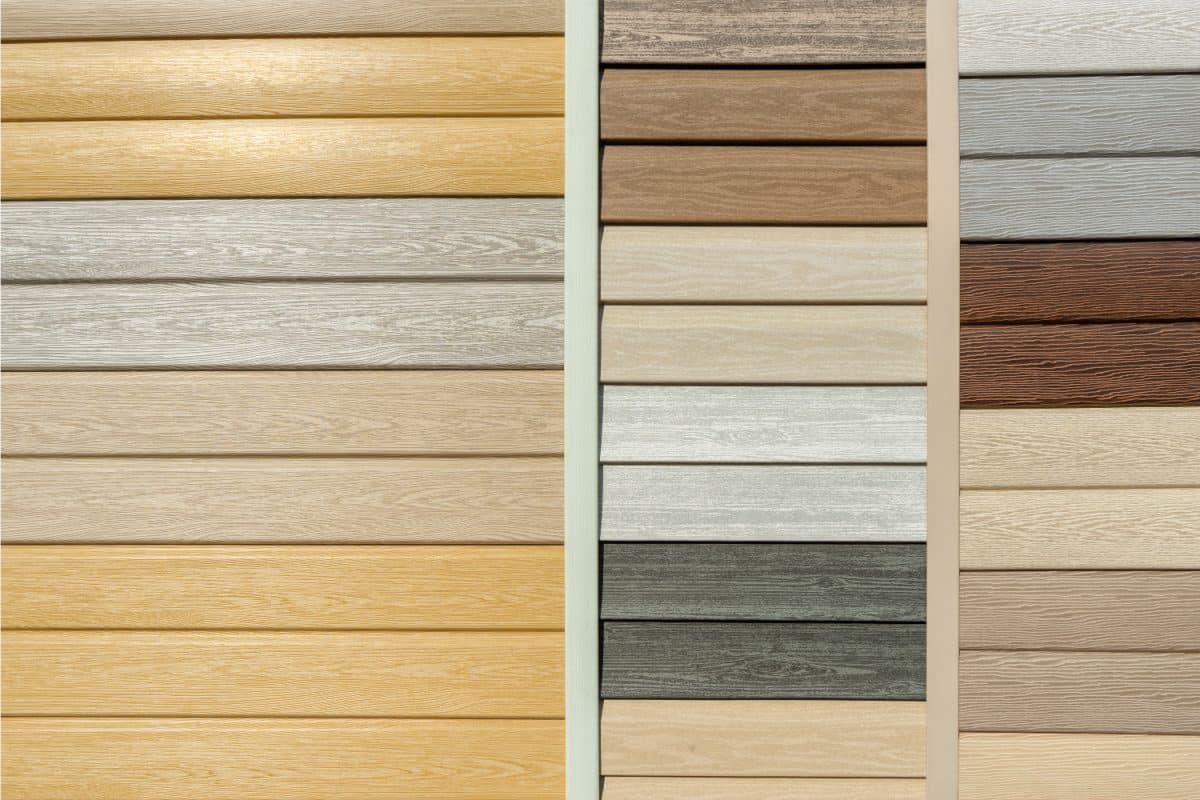
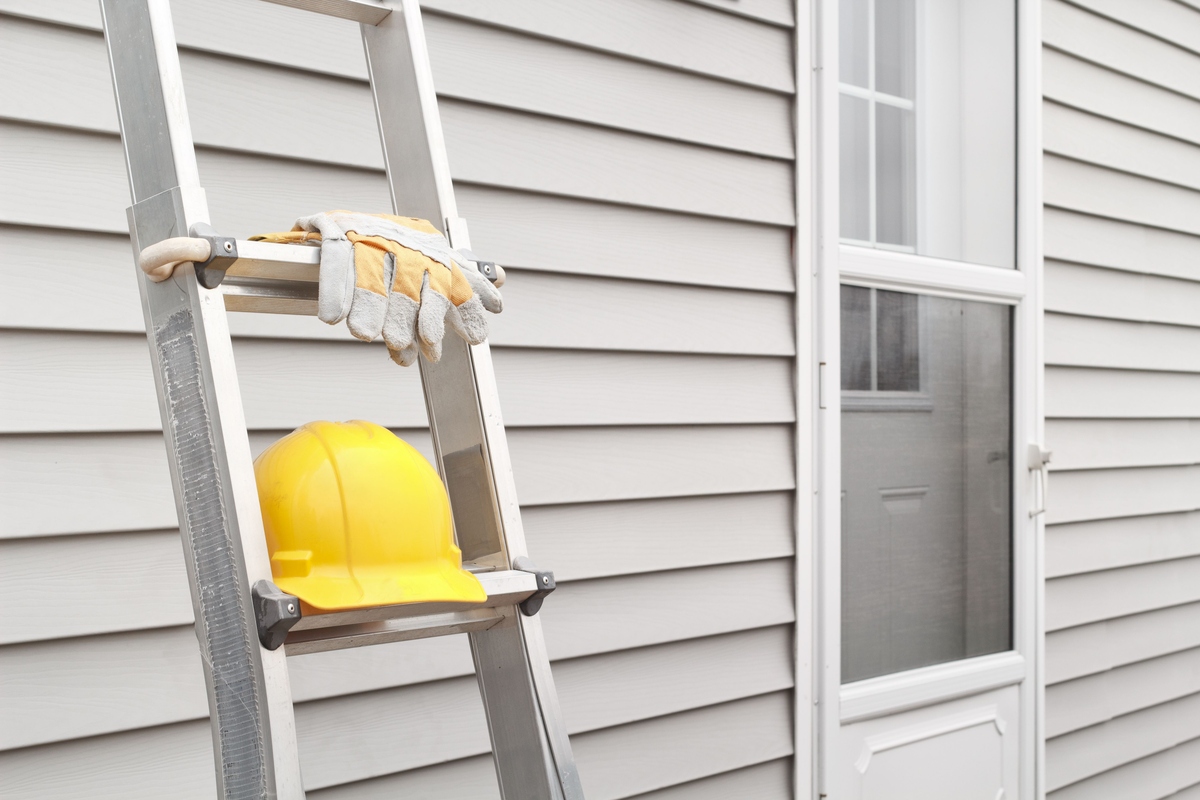
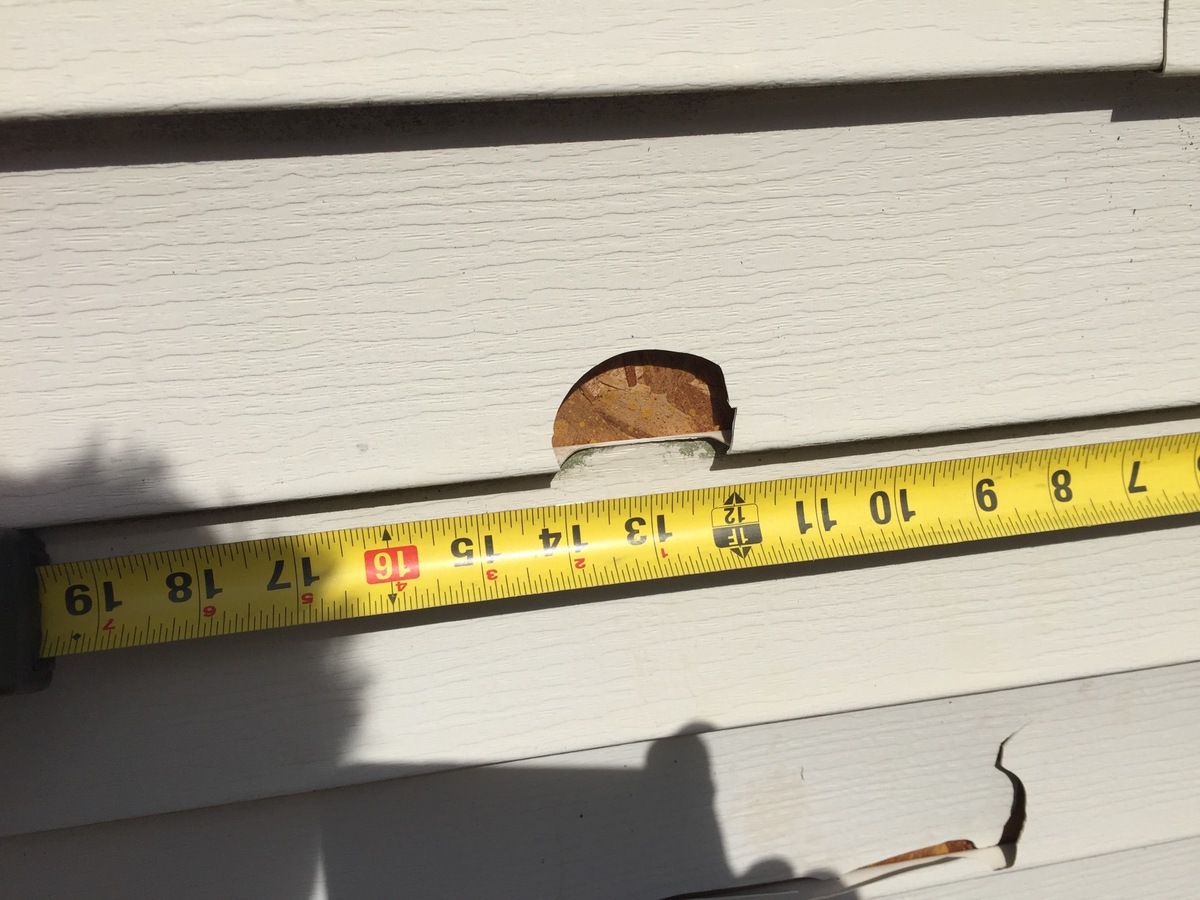

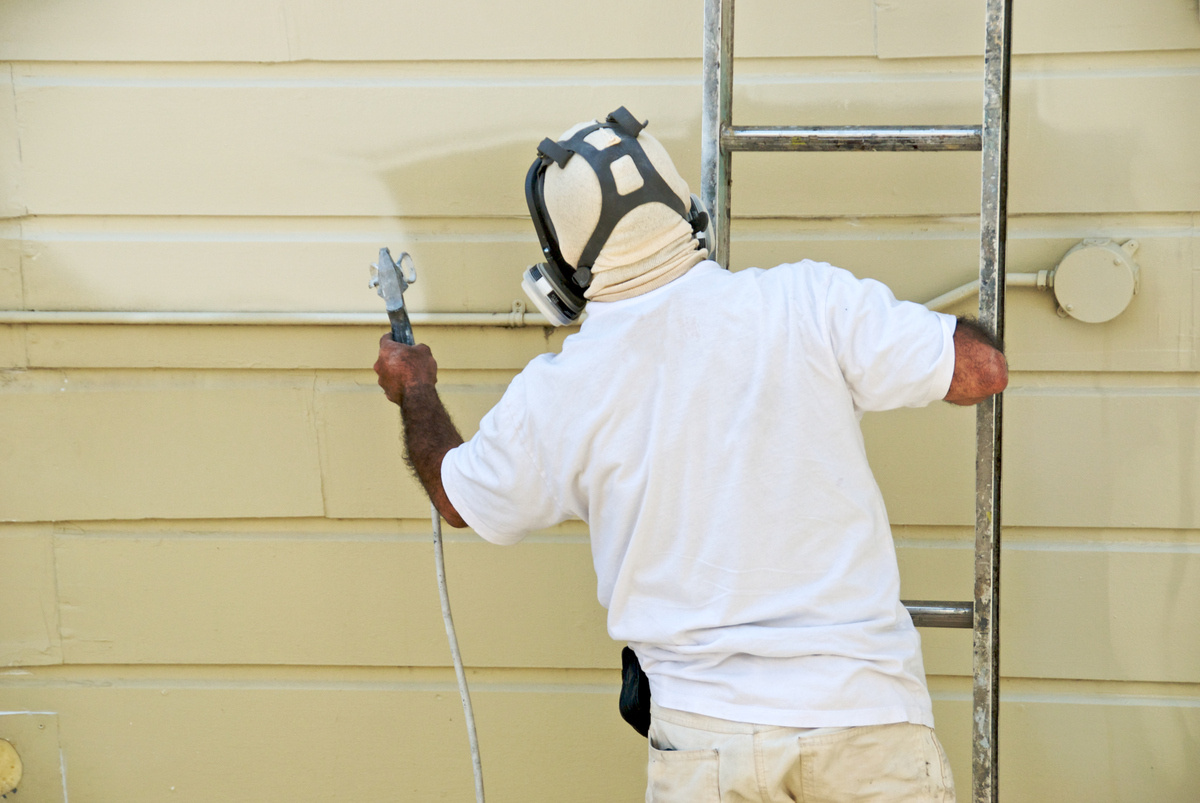
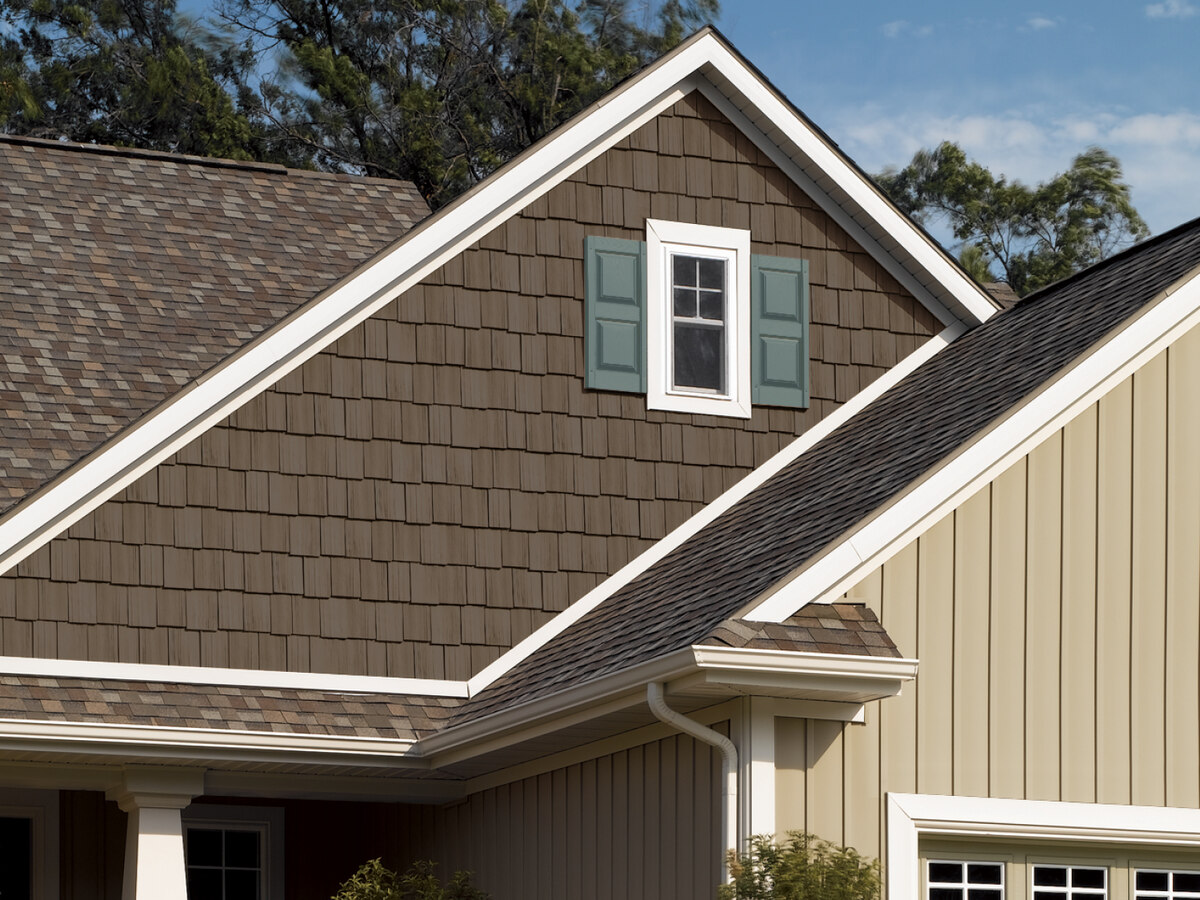
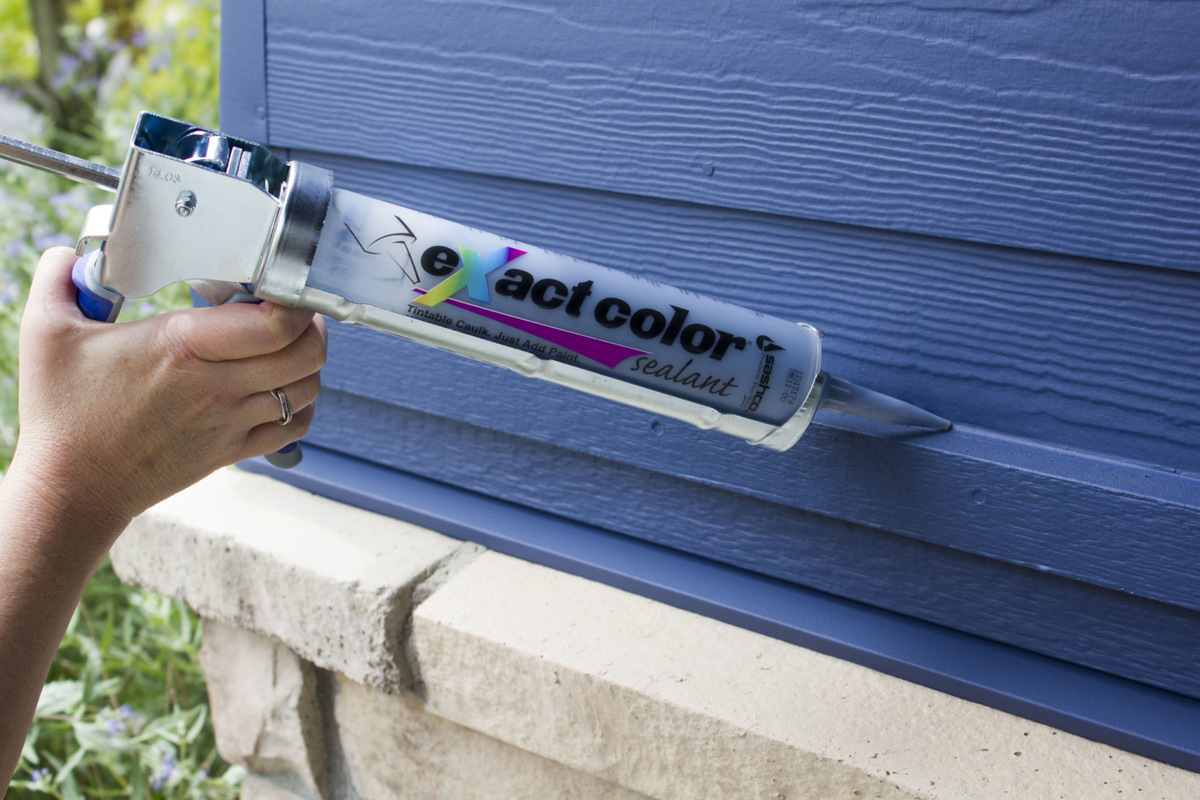
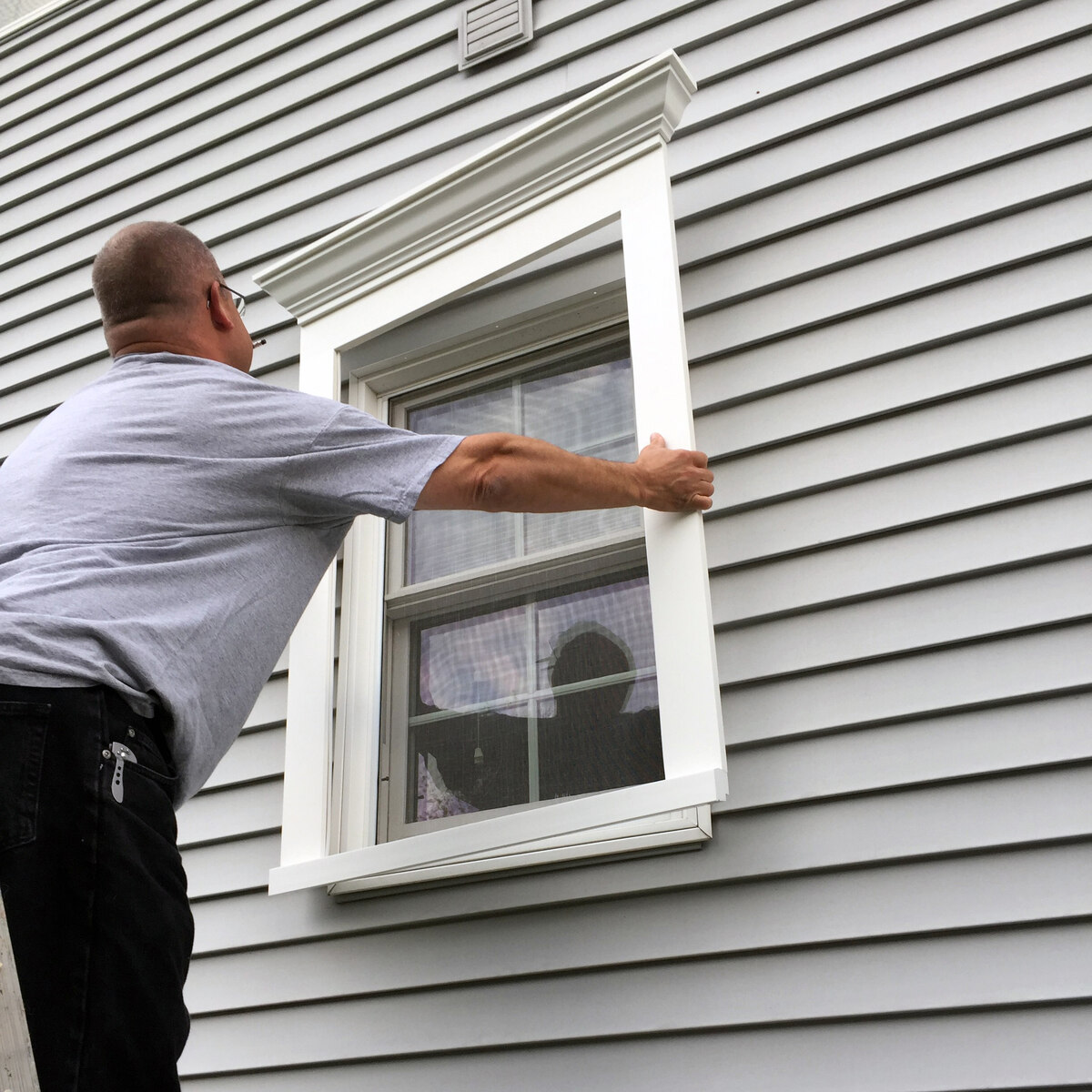
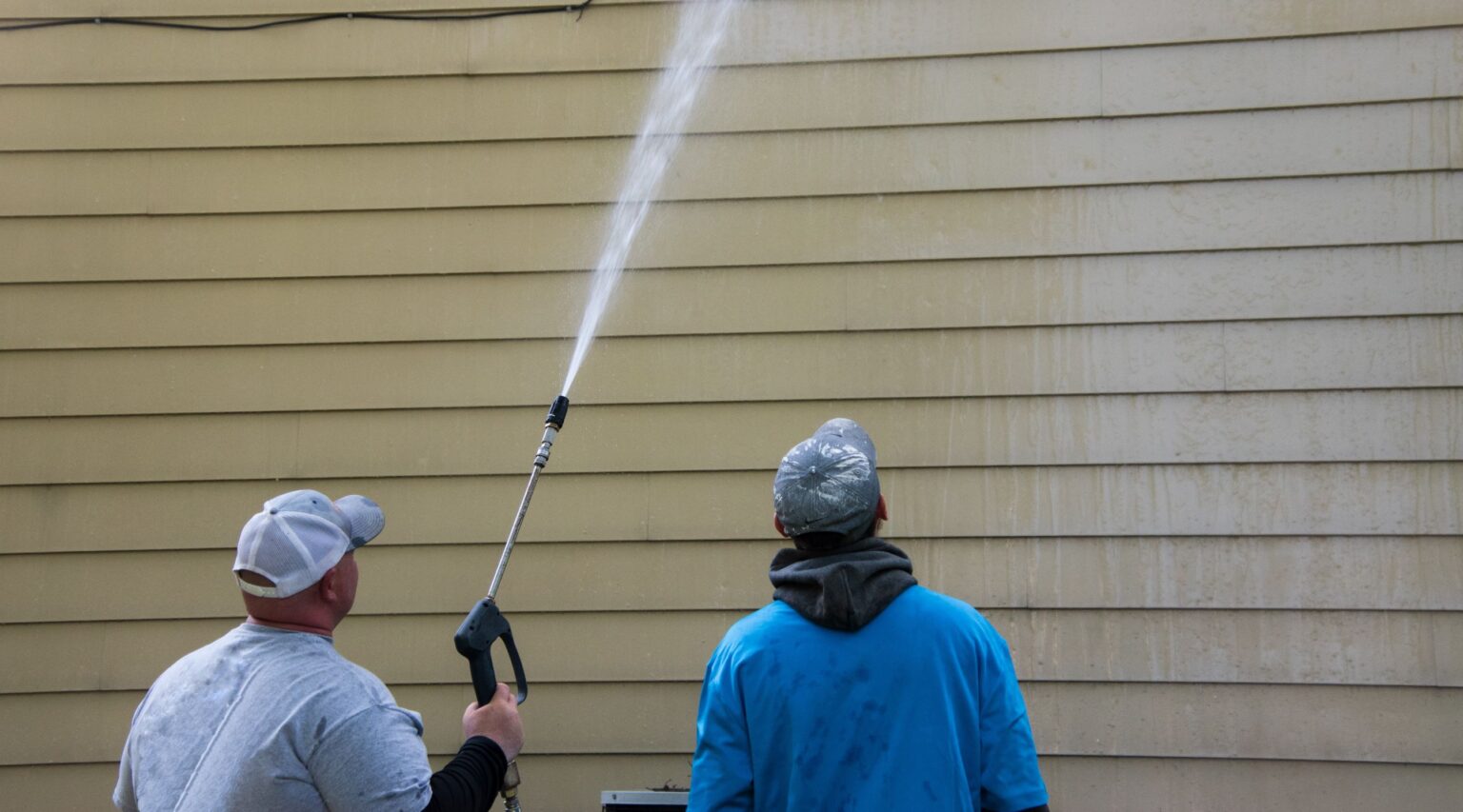


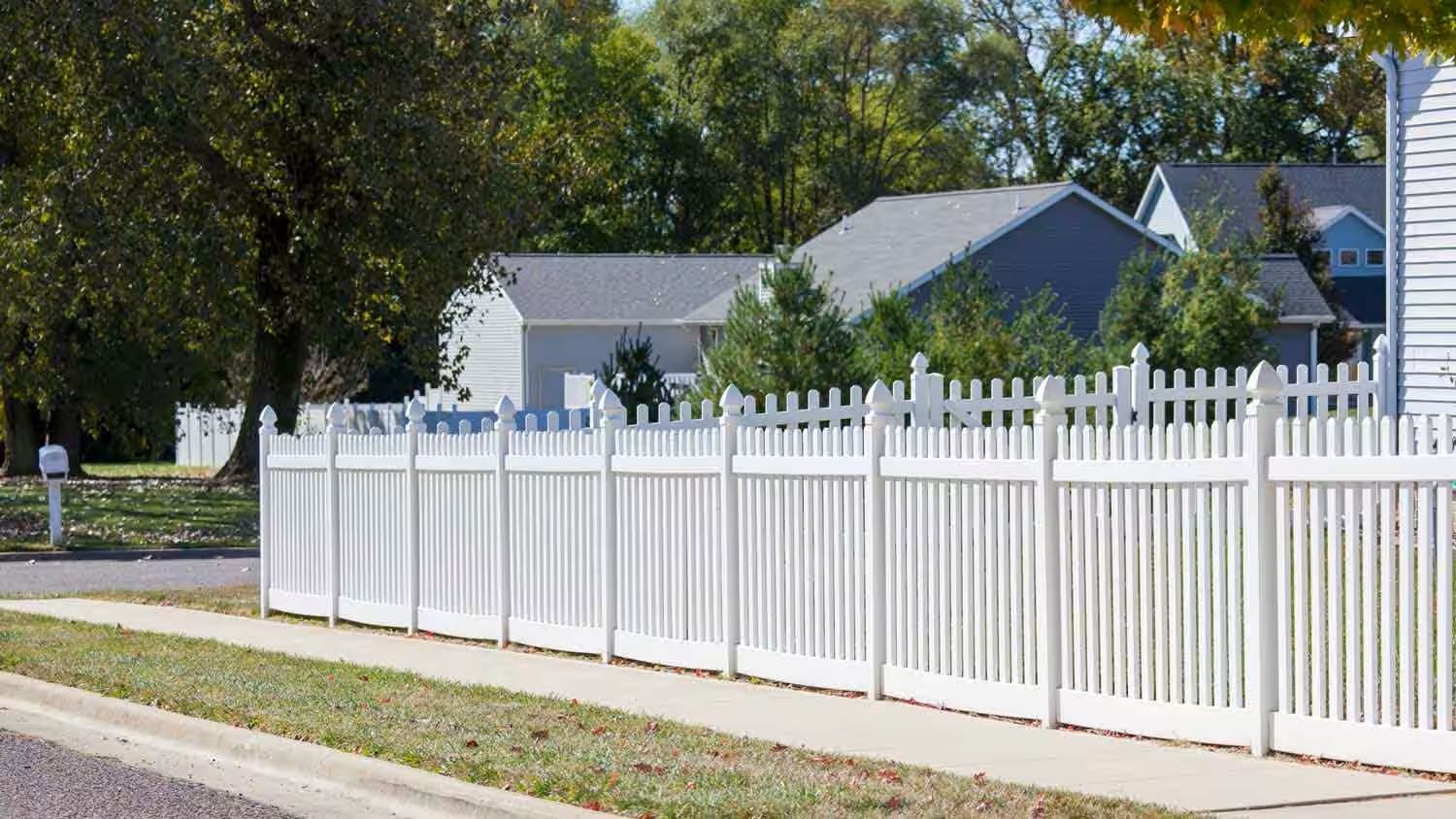

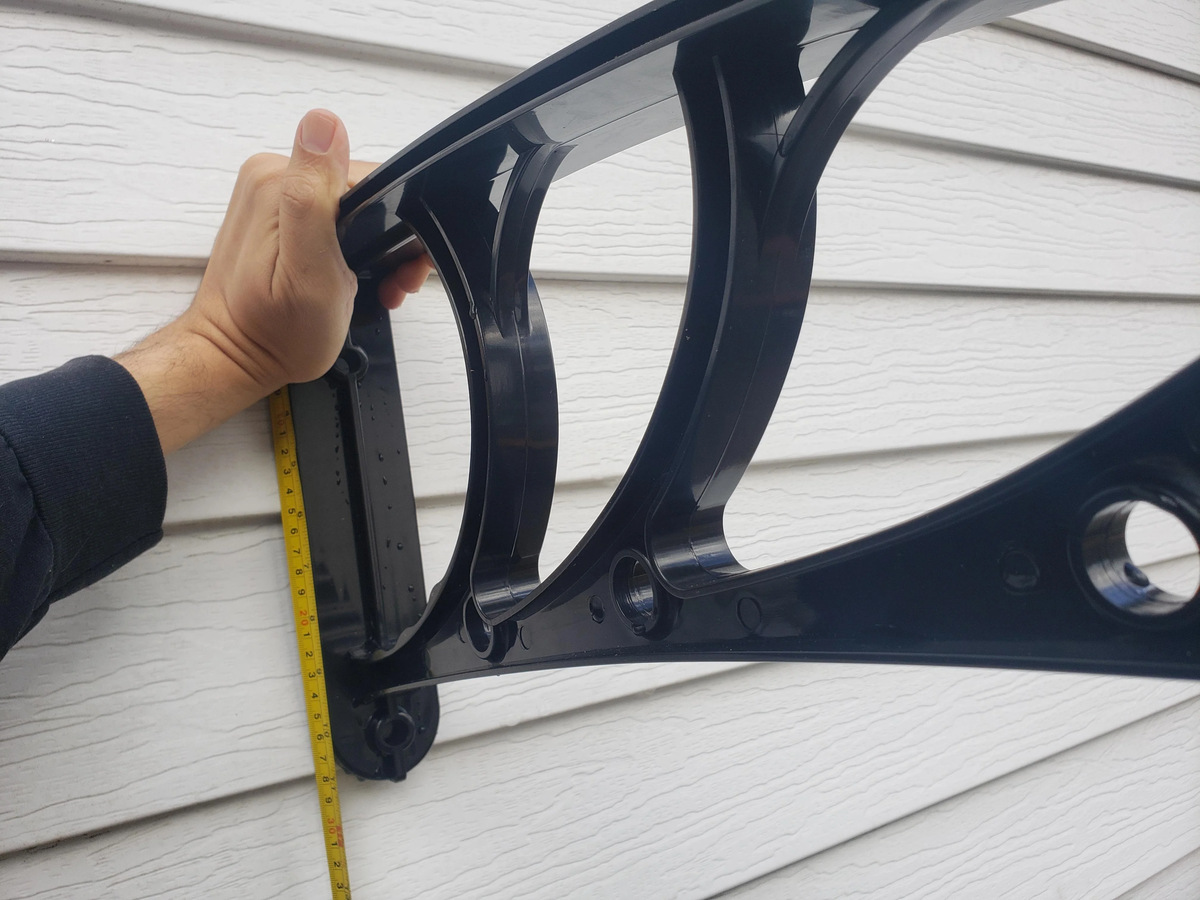

0 thoughts on “How To Paint Vinyl Siding For An Exterior Makeover That Lasts”